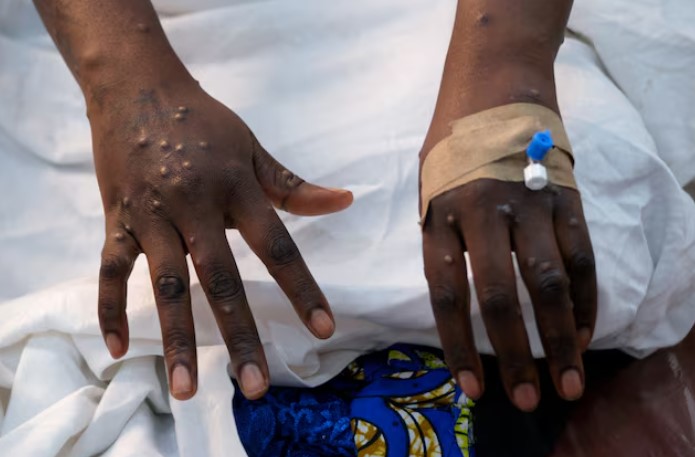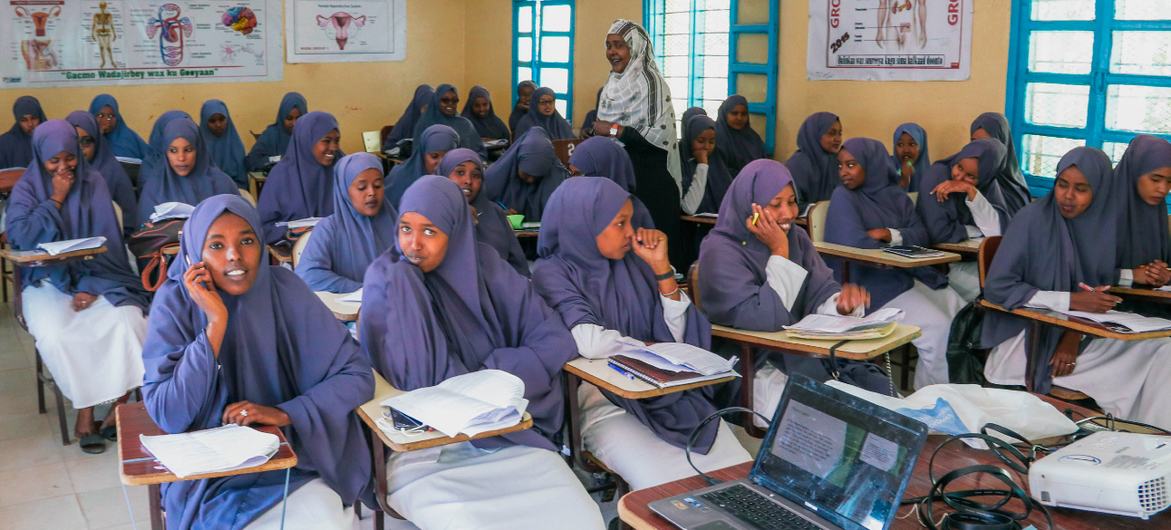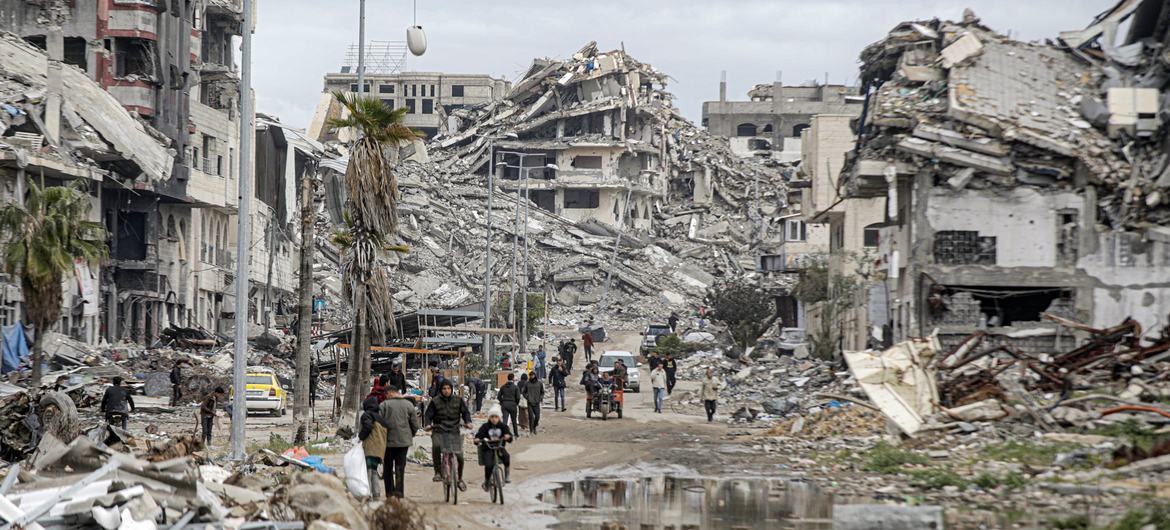Mpox outbreak: What you need to know to stay safe

The growing wave of Mpox infections poses an increasing risk to Kenya, as delayed vaccination efforts and overstretched healthcare systems leave vulnerable populations exposed.
Mpox, once seen as a distant threat by many Kenyans, has now spread to about 22 counties, with over 300 reported infections and five deaths since the first case was identified in 2024.
Although often considered mild, the virus has the potential to cause significant fatalities if proper precautions are not taken. Initially confined to border regions, mpox is now spreading into communities, with counties such as Nairobi, Kakamega, Kericho and Machakos among those affected.
More To Read
- Kenyan football fraternity in mourning as Bandari Youth star Daudi Zakaria dies at 20
- Nyeri becomes 23rd county to report confirmed Mpox case as 60-year-old woman tests positive
- Rising mpox cases, cholera outbreaks and HIV misinformation straining Kenya's public health sector- report
- 314 mpox cases confirmed as MoH ramps up containment across 22 counties
- Mombasa leads Kenya’s mpox outbreak as MoH, WHO step up response
- How misinformation is hampering Kenya's fight against infectious diseases
The growing wave of mpox infections poses an increasing risk to Kenya, as delayed vaccination efforts and overstretched healthcare systems leave vulnerable populations exposed. With cases emerging along major transport routes and spilling into densely populated areas, health experts warn that the outbreak could escalate into a full-blown epidemic if not swiftly contained.
Mpox Clade Ib
Mpox Clade Ib, the strain currently spreading in Kenya, is more serious than many people think. Experts estimate that about one in every 100 people infected with Clade Ib could die, especially if they don’t get proper medical care and have other underlying conditions.
Clade Ib spreading in Kenya causes more severe illness than the milder forms of mpox. People infected can develop painful skin lesions, fever, fatigue, and in some cases, serious complications. It spreads mainly through close contact, especially skin-to-skin, but can also be passed through contaminated items like clothing or bedding.
According to the World Health Organisation (WHO), mpox is now spreading within communities in Kenya, not just through travellers such as truck drivers and sex workers transiting between regions.
The virus is transmitted mainly through close contact, such as touching skin lesions, sexual intercourse, or breathing close to someone with respiratory droplets. It can also survive briefly on clothes or bedding.
In the early stages - when a person experiences fever, fatigue, and swollen lymph nodes - they may already be capable of spreading the virus, though this risk increases significantly once the skin lesions or rashes develop. The rash stage is considered the most infectious period, as the virus is present in the lesions and can be transmitted through direct contact, shared items, or close physical interaction.
Evidence suggests that mpox has an incubation window in which it has the potential to spread unnoticed. The incubation period can last between five and 21 days. During this time, individuals may feel healthy and show no signs of illness. When symptoms do begin, they often resemble common flu - fever, fatigue, muscle aches, and swollen lymph nodes - making early detection difficult.
Viral shedding, the process by which the virus begins to spread, can start even before the skin rashes appear. As such, by the time the classic skin lesions develop - the stage at which mpox becomes most contagious, the virus may have already passed through households, transport corridors, or close community circles.
Stigma
Another challenge fueling the spread is stigma. Because mpox can be transmitted through intimate physical contact, including sexual contact, stigma, mirroring early public attitudes toward HIV/AIDS, discourages people from seeking medical help or disclosing symptoms, even when they suspect they might be infected. Busy transport routes, close living conditions, and limited access to testing further compound the issue.
According to the WHO, widespread misinformation and confusion are complicating public health responses. In many communities, the disease is being mistaken for other skin conditions - particularly scabies - due to similar symptoms like rashes or lesions. This confusion is especially prevalent in areas where scabies cases have also been reported.
Although both conditions may appear similar, they are fundamentally different. Scabies is caused by mites, while mpox is a viral infection that typically presents with fever, fatigue, swollen lymph nodes, and a longer recovery time. Misidentifying one for the other increases the risk of mistreatment and unchecked spread.
To address this, the WHO recommends the use of simple, visual comparison materials such as posters and infographics to help the public and healthcare workers distinguish between mpox and similar conditions. These materials highlight key differences in symptoms, causes and when to seek medical help, particularly if lesions are accompanied by systemic symptoms like fever.
In areas where both mpox and scabies are present, the WHO advises targeted community outreach using Community Health Volunteers, radio messages, and local influencers.
The organisation has also raised concern about the promotion of unverified herbal remedies, including baobab seed water and black seed oil, as mpox treatments. Despite their cultural significance, said the WHO, these remedies are not supported by scientific evidence and may discourage individuals from seeking appropriate medical care.
PCR testing
In 2024, Africa CDC Director General Dr Jean Kaseya advised African Health Ministers to enhance mpox detection and response through a more integrated diagnostic approach, including a combination of clinical assessment, patient history, particularly recent travel and contact with suspected or confirmed cases, and laboratory testing.
Dr Kaseya said laboratory diagnostics should not focus exclusively on PCR testing for the Mpox virus but must also incorporate differential testing to rule out other diseases with similar symptoms, such as chickenpox, measles, and bacterial skin infections. Moreover, testing protocols should include genomic sequencing to monitor potential virus mutations and serological testing to identify past infections.
Kenya has significantly strengthened its diagnostic capacity, screening protocols, and contact tracing systems, particularly at border crossings and other points of entry. The government has screened over 4.7 million travellers at airports and land border posts.
The Ministry of Health (MoH) has outlined key precautions the public should follow to protect themselves. These include refraining from sharing personal items and using protective gear such as gloves and face masks when caring for the sick.
Other key measures include regular handwashing with soap and water or alcohol-based sanitiser, avoiding the sharing of bedding or clothing with infected individuals, practising safe sex, and self-isolating while seeking prompt medical care if symptoms appear. Anyone experiencing fever, fatigue, swollen lymph nodes, or rashes is urged to report to the nearest health facility immediately.
Top Stories Today












































